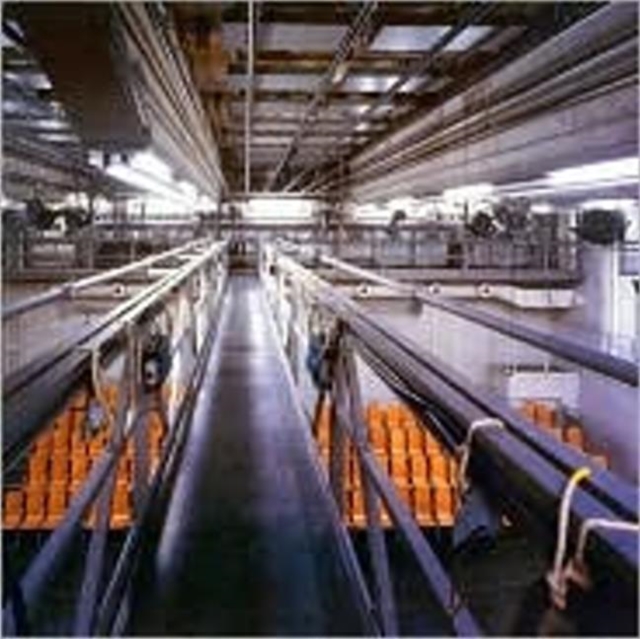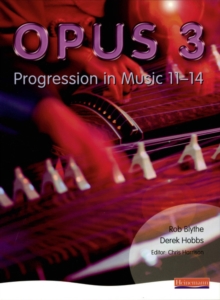
Peichl/Achatz/Schumer. Munchner Kammerspiele, Neues Haus : Opus 43 Series Hardback
by Heinrich Wefing
Part of the Opus series
Hardback
Description
Text in English and German. The Neues Haus, the new building for the Munchner Kammerspiele, is not a big building in any sense.
The plot of land not far from Maximilian-strasse, whose greatest advantage is its proximity to Richard Riemerschmied's Schauspielhaus, is only about 1000 m2 in area.
The most important quality of the design is in fact that it accepts the modesty of its role.
The new building subordinates itself to the main Kammerspiele building, and manages without lavish foyers and extensive prestigious areas.
The Neues Haus is a servant building, a place where work is done.
A hasty passer-by would see the building simply as a white cube, reticent and introverted.
Given the serene mastery of the brief and the architectural resources, one is almost inclined to call it a work of Peichl's old age, combining his love of clear volumes with a sovereign grasp of technical requirements.
Like the silvery-sparkling ORF studios, the ground radio station in Styria and the liner-like phosphate elimination plant in Berlin before it, the Neues Haus is also crammed full of technology.
It contains three stages, and two of them can be used at the same time.
The largest playing area is elaborately equipped with gallery and under-stage; it is therefore intended as the main rehearsal area in future.
The two large auditoriums are stacked one above the other like shoe-boxes and form a massive hollow core surrounded by all the service functions.
The interior is dominated by a plainness that oscillates between poverty and asceticism.
The corridors and foyers are narrow, the stairs simple, the interval areas positively sparse.
The only opulent feature is the splendid technical equipment.
Peichl's handwriting can be seen in the treatment of the details and his ingenious practice of self-quotation.
Many of the motifs are reminiscent of earlier projects, and of course the typical portholes, spiral staircases and railings made of steel hawsers crop up again, all Peichl's usual maritime metaphors.
In this way he has produced a building whose cool elegance reveals scarcely anything of its inner values.
Information
-
Available to Order - This title is available to order, with delivery expected within 2 weeks
- Format:Hardback
- Pages:60 pages, 54 illustrations
- Publisher:Edition Axel Menges
- Publication Date:20/08/2002
- Category:
- ISBN:9783930698431
Information
-
Available to Order - This title is available to order, with delivery expected within 2 weeks
- Format:Hardback
- Pages:60 pages, 54 illustrations
- Publisher:Edition Axel Menges
- Publication Date:20/08/2002
- Category:
- ISBN:9783930698431










